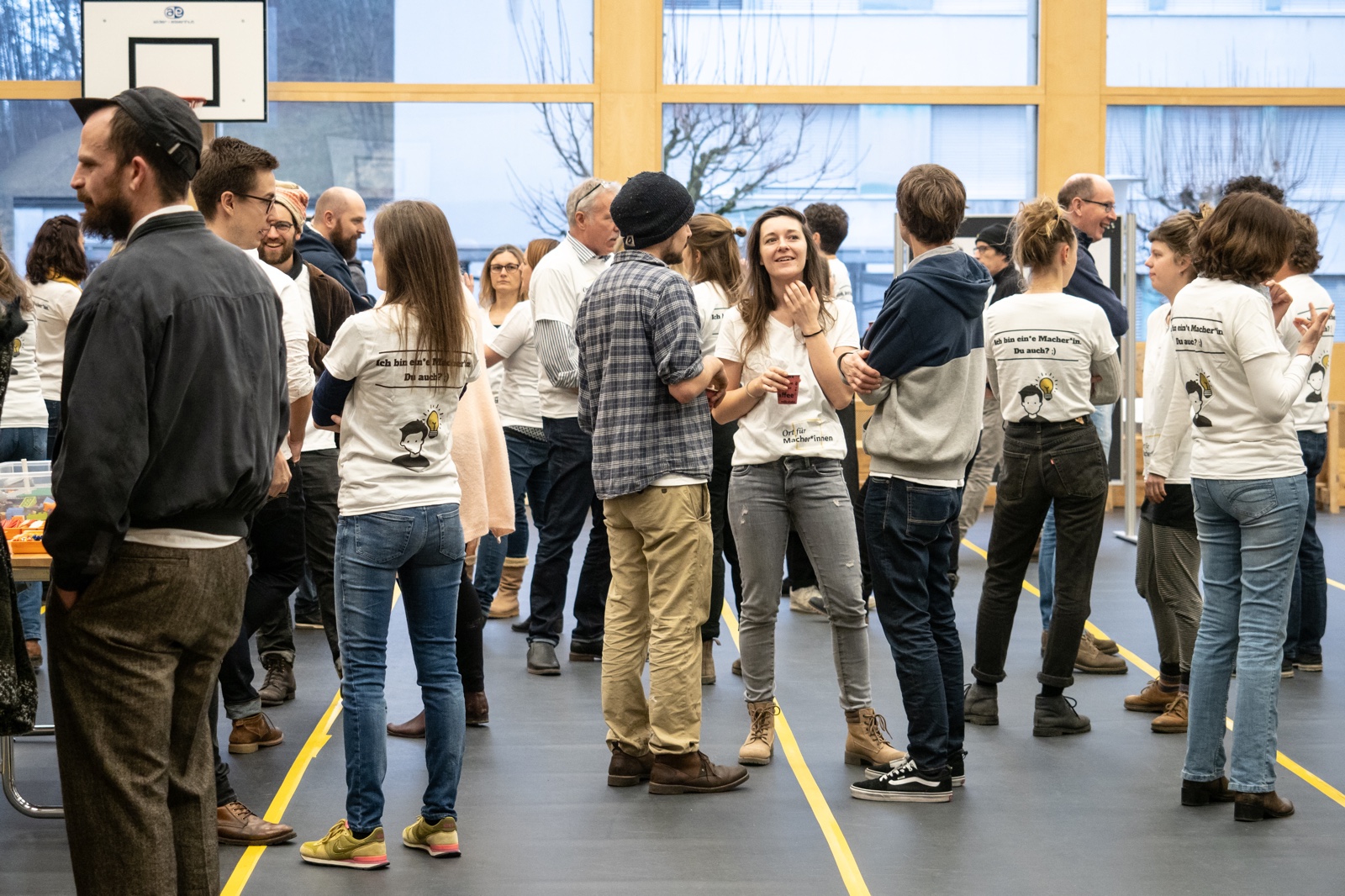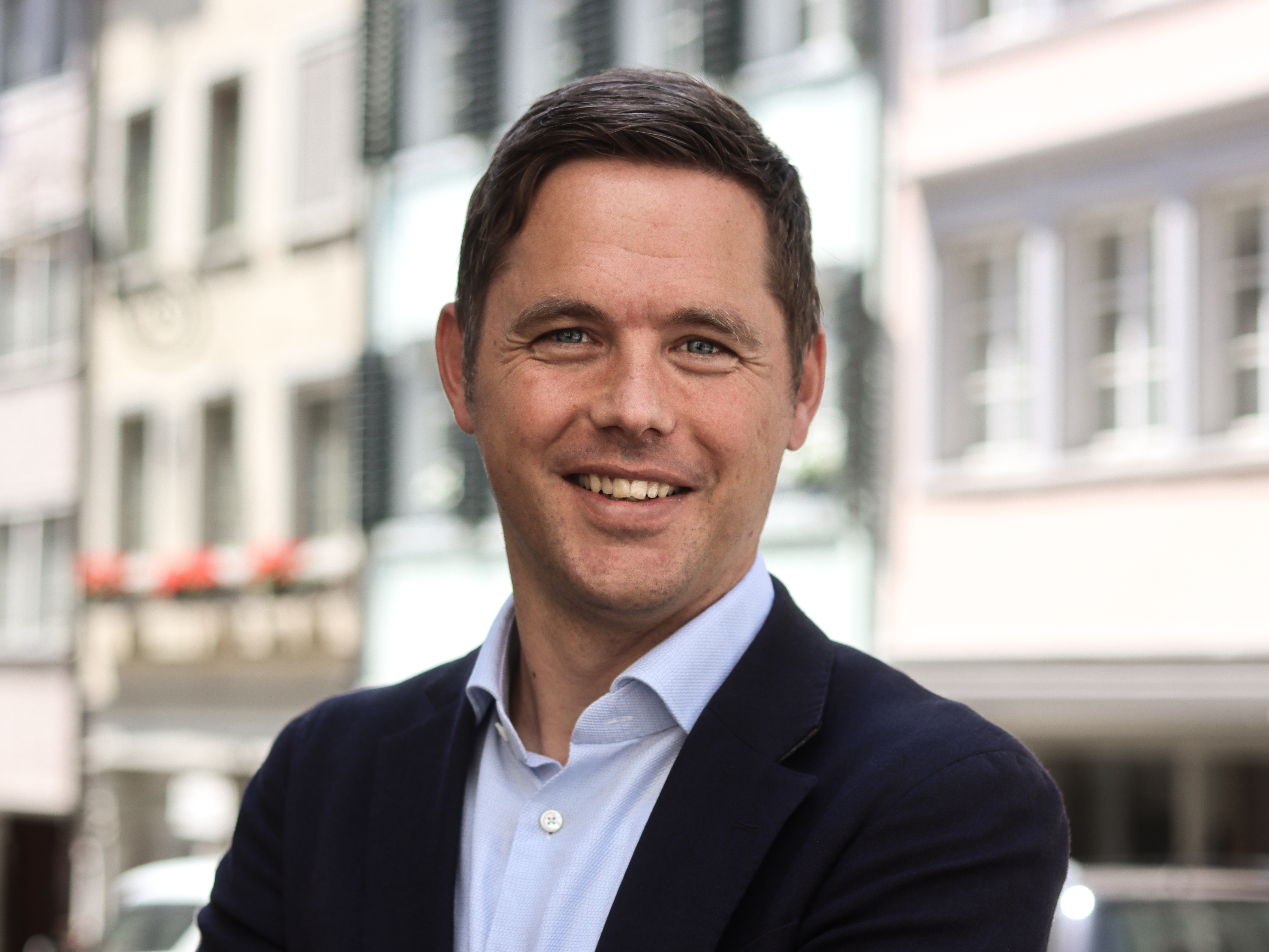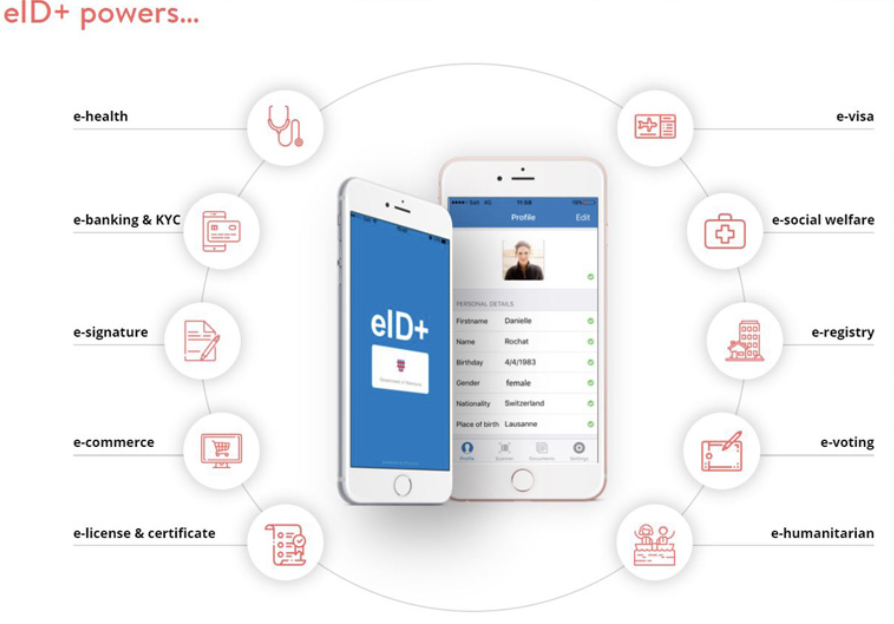 © Stadtverwaltung Lichtensteig
© Stadtverwaltung LichtensteigThe Mini.Stadt participation strategy has led Lichtensteig to become an innovative, modern, and cosmopolitan place, in the middle of rural and mostly conservative surroundings.
A QUIET, RURAL TOWN
The small medieval town of Lichtensteig is located in rural eastern Switzerland. Due to its strategic location, Lichtensteig was the centre of the region for many centuries. Trade and the textile industry flourished. This long history is still evident today, especially in the old town centre. By the 1990s, structural change hit Lichtensteig with full force. The market lost its importance and countless jobs disappeared. What remained were empty factories and a sleepy old town.
PARTICIPATORY PROCESSES DRIVE INNOVATION
The long-awaited upturn came mainly with the participation process in 2013, initiated by the new young Mayor Mathias Müller, in which 140 citizens initiated innovative urban development. The result was a Mini.Stadt strategy ("Mini" meaning "my town" as well as "small" in the local dialect) that was developed through participatory processes. This strategy uses participatory processes in the development of ideas and projects, and is still the driving force behind innovation in Lichtensteig today.
STRENGTHENING THE COMMUNITY
Over the past ten years, more than thirty different projects have been developed, bringing enormous added value for citizens and strengthening community life immensely. New attractive habitation and engaging young people in the projects has increased the population by 200. The town was able to modernise its infrastructure while reducing taxes. This approach was new for most citizens, allowing deep democracy, individual responsibility, and showcasing the community's great participatory commitment.




